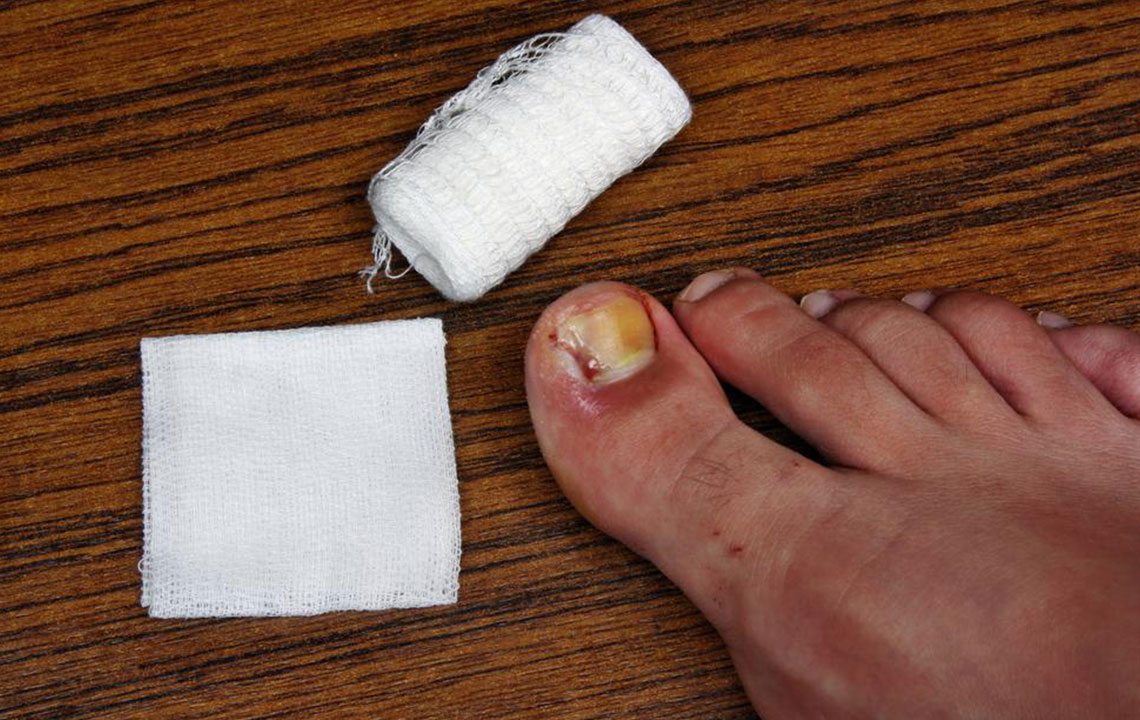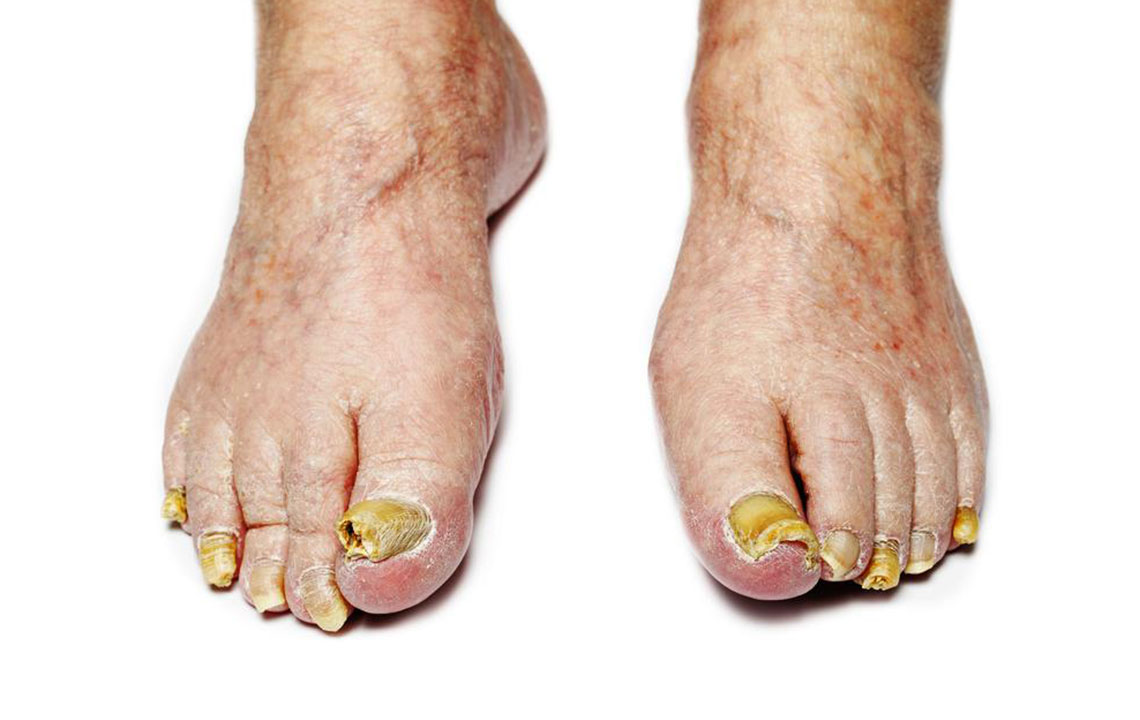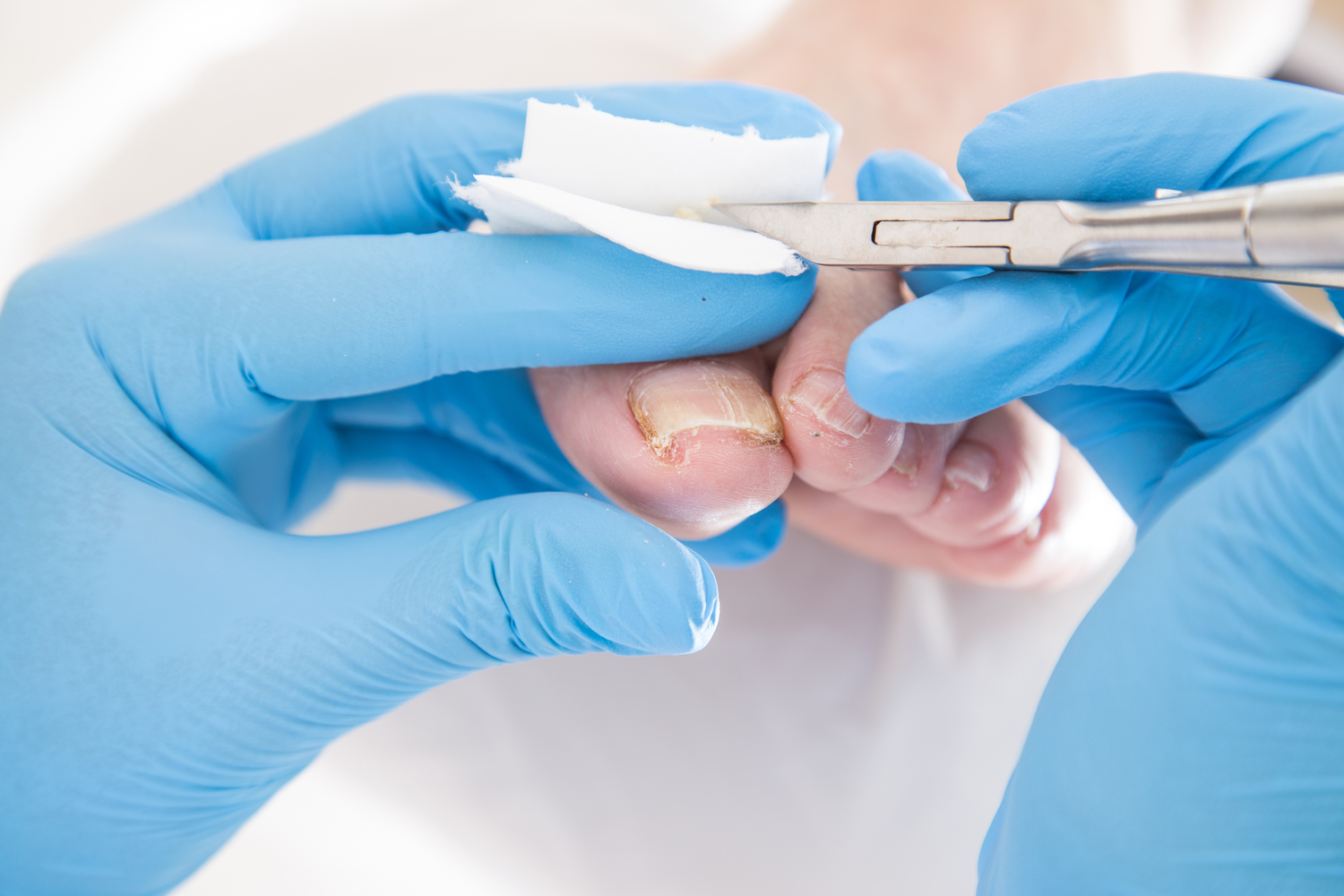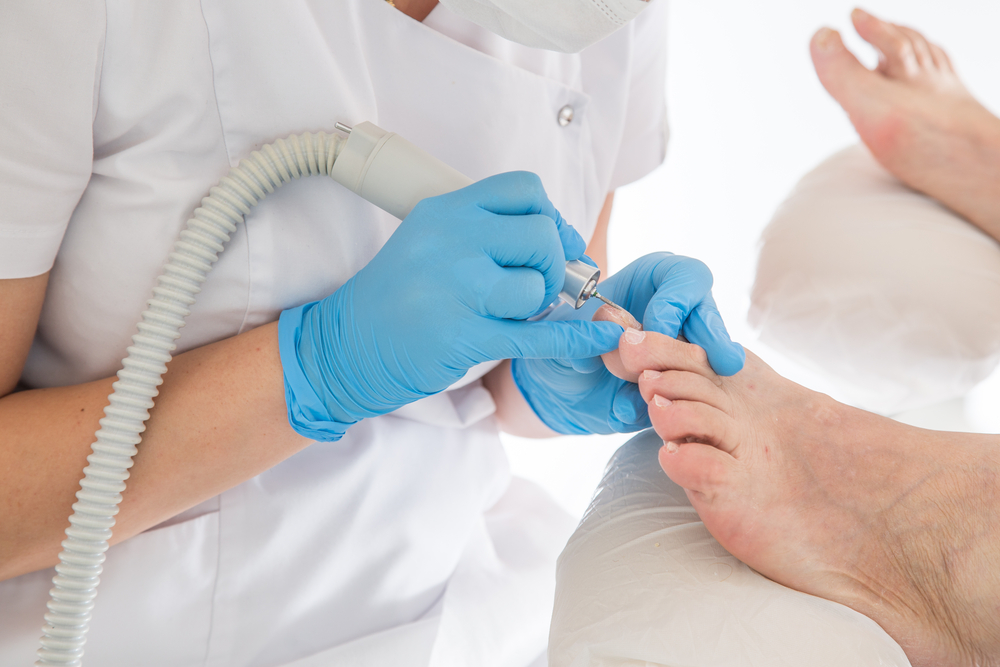Understanding Nail Fungal Infections and Effective Treatment Strategies
Explore comprehensive insights into nail fungal infections, including causes, symptoms, risk factors, treatments, and preventive tips. Learn how to protect your nails and when to seek medical care for fungal issues, ensuring healthier nails and reduced infection risk.
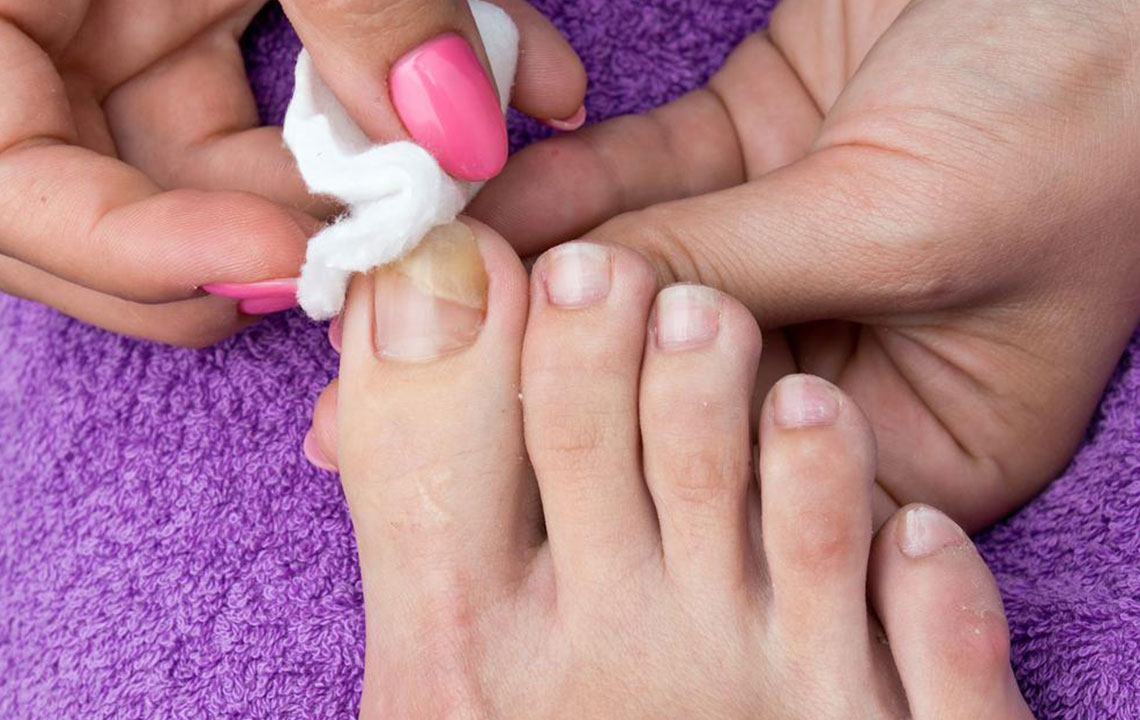
Understanding Nail Fungal Infections and How to Treat Them
Nail fungal infections occur when fungi or bacteria invade the nail bed, often entering through cracks or damage to the nail or cuticles. These infections can cause nails to become thick, discolored, and brittle, commonly appearing yellow or white. While various treatments are available, resolving the infection takes time. Before exploring treatment options, it’s important to understand the causes and symptoms of fungal nail infections.
Causes of Nail Fungal Infections
Fungal overgrowth under or within the nail leads to infection. These fungi thrive in warm, moist environments, making nails especially susceptible. Similar fungi cause conditions like athlete’s foot and ringworm. Fungal infections can be contagious, spreading through contact, and toenails are more prone due to their enclosed environment inside shoes.
Risk Factors
Several factors increase the risk of developing nail fungal infections, including:
Diabetes
Poor circulation
Age 65 or older
Use of artificial nails or nail injuries
Public swimming pool exposure
Skin injuries near the nails
Inadequate drying of hands or feet
Weakened immune system
Men are generally more susceptible than women, and familial tendencies can increase risk. Older adults are particularly vulnerable due to slow nail growth and thicker nails, which facilitate fungal growth.
Symptoms to Watch For
Signs of a fungal nail infection include:
Scaling or thickening under the nail
White or yellow streaks or spots
Decaying or damaged nail edges
Pitted surfaces or white flakes on nails
Nail loss in advanced cases
Other common indicators involve brittle nails, foul odor, and visible discoloration. If untreated, the infection may spread or cause permanent damage.
Available Treatments
Over-the-counter options are usually not recommended for fungal nails. Instead, doctors prescribe oral antifungal medications, topical solutions, or nail lacquers to combat the infection. The choice of treatment depends on severity, but patience is necessary, as results can take several weeks to months to appear.
Potential Complications
Recurring infections
Loss of the affected nail
Discoloration or spread to other areas
Risk of bacterial infections like cellulitis
Prevention involves good nail hygiene, keeping nails clean and trimmed, avoiding injuries, and ensuring hands and feet are thoroughly dried. Reducing exposure to environments that promote fungal growth can significantly lower risk.
Preventive Measures & Home Care
Regularly use antifungal powders or sprays
Wash hands after touching infected nails
Ensure feet are dry after bathing
Get manicures and pedicures from reputable salons
Wear breathable cotton socks
Avoid walking barefoot in public areas
Limit use of nail polish and artificial nails
Note:
Our blog offers comprehensive information across various health topics. While the data is researched thoroughly, it should not replace professional medical advice. For persistent or severe infections, consult a healthcare provider. The website may not include all current schemes or offers available for treatment options.


